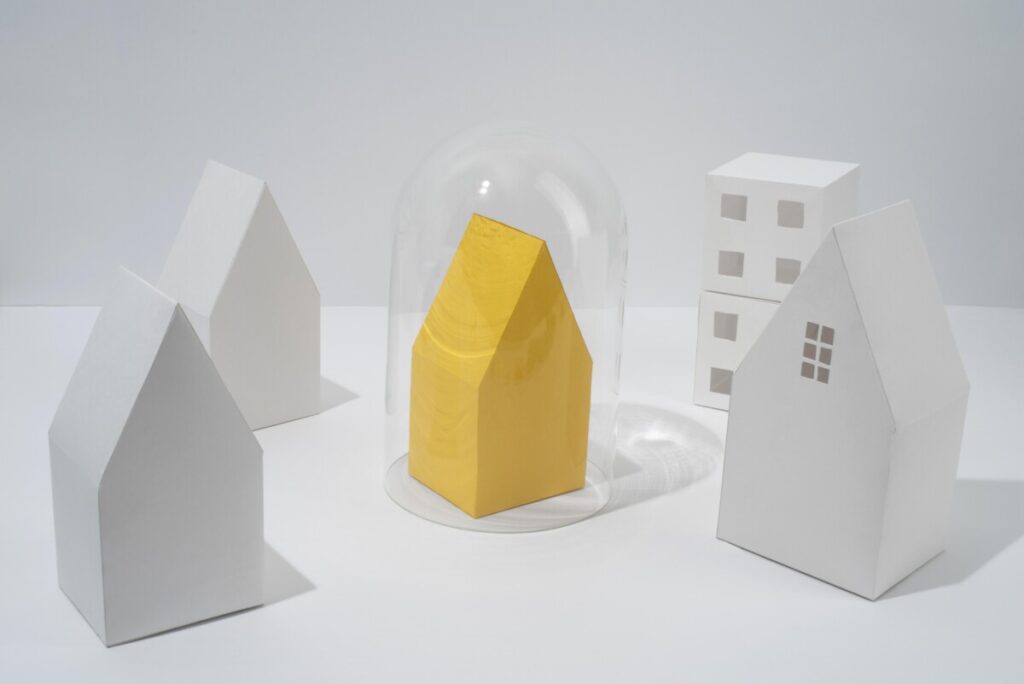Every market, including real estate, operates on the fundamental principles of demand and supply. When demand for houses surpasses the available supply, we witness a rise in prices. On the flip side, prices tend to drop if there are more houses than buyers. Yet, this natural ebb and flow can sometimes be disrupted, leading to artificial price hikes known as housing bubble.
Factors Leading to a Housing Bubble
A housing bubble doesn’t form overnight. It’s a culmination of various intertwined factors. Easy credit facilities can make loans more accessible, leading more people to buy homes, even if they might not afford them in a stringent credit scenario.
Moreover, speculative buying, where investors buy properties hoping to sell them at higher prices, further inflates the bubble. Excessive construction, driven by over-optimism about market demand, can also be a contributing factor.
Signs of an Emerging Bubble
Knowledge is power. Knowing what to look for can help identify a bubble in its early stages. A sudden and sharp increase in housing prices without a corresponding rise in demand or wages is a clear warning sign. Other indicators might include an accelerated rate of construction, even when there’s an abundance of unsold properties, or banks approving disproportionately large numbers of mortgages.

Risks Associated with Housing Bubbles
The dangers of a housing bubble are manifold. As the bubble grows, it draws in more homeowners who purchase property at inflated prices. When the bubble inevitably bursts, these homeowners may find their properties valued at less than what they paid. This phenomenon, known as negative equity, can lead to financial strain. Lenders aren’t immune either. A bursting bubble can result in widespread loan defaults, threatening the stability of financial institutions.
The Burst: When Reality Hits
The climax of a housing bubble is its burst. After an unsustainable peak, housing prices rapidly descend, often at a pace faster than their initial rise. This rapid decline can create a ripple effect across the economy. Homeowners may face foreclosure, lenders might grapple with unpaid loans, and construction companies could see halted projects and unsold properties.
Preventing Future Housing Bubbles
To keep the housing market healthy, it’s essential to implement measures that discourage the formation of bubbles. Financial institutions should adhere to responsible lending practices, ensuring borrowers can genuinely afford their loans. On a macro level, governments can formulate policies that regulate construction rates, mortgage approvals, and speculative buying. These checks and balances can help maintain equilibrium in the market.
The Global Perspective on Housing Bubble
It’s crucial to recognize that while real estate is often a local market, global economic trends can influence it. For instance, a recession in one part of the world can affect investor confidence globally. Similarly, global financial crises can lead to tightened credit conditions worldwide, impacting housing markets in multiple countries.
Although rooted in local factors, a housing bubble can have global repercussions. While it’s a complex phenomenon, understanding its mechanics is the first step in navigating its challenges.
Whether you’re a homeowner, an investor, or an observer, staying informed and adopting a balanced approach to real estate can safeguard against the pitfalls of housing bubbles. Knowledge, vigilance, and a proactive stance are our best tools for ensuring a stable housing market.
